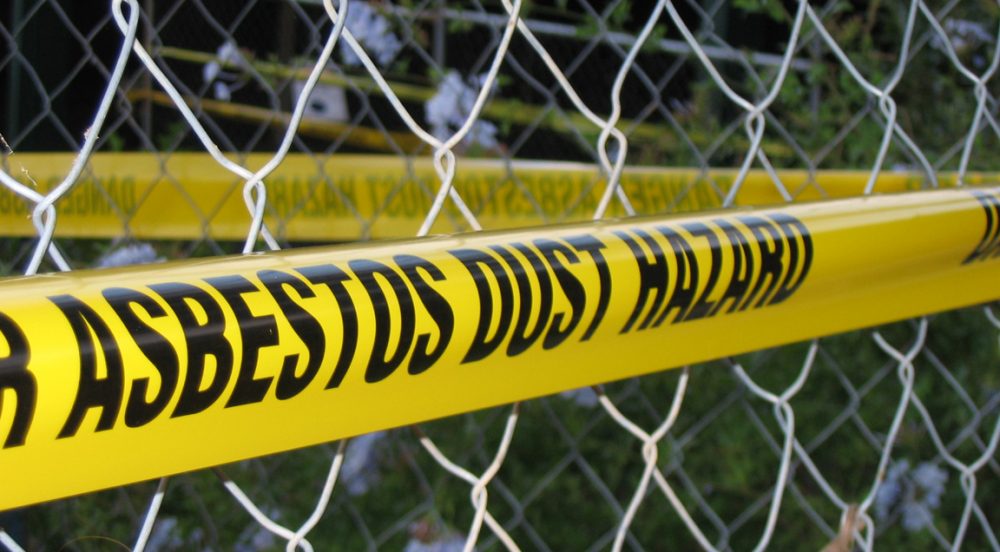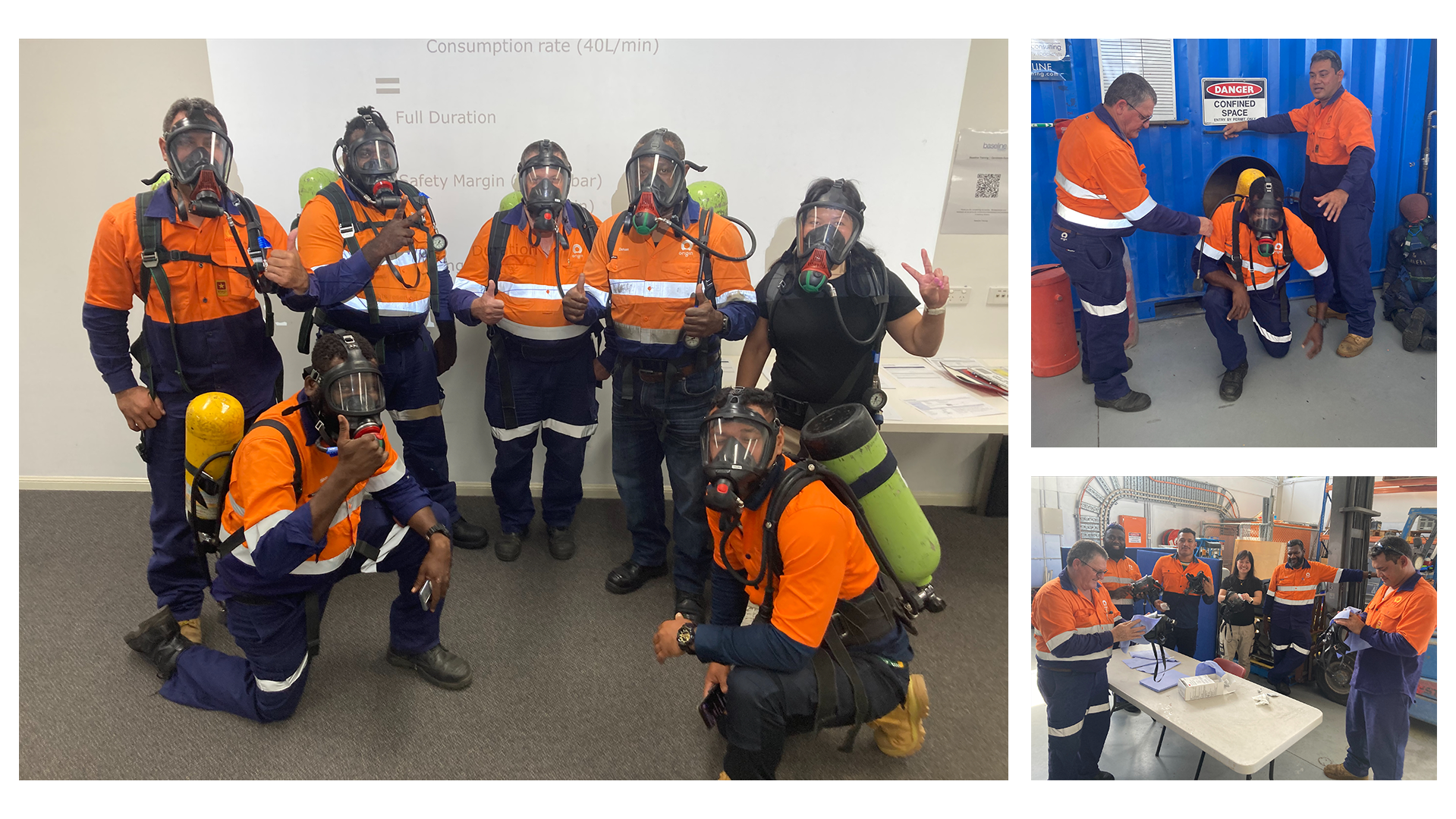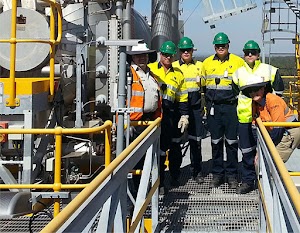Spotlight
Asbestos: What It Is and Why We Need to Talk About It

Asbestos was once commonplace in Australia.
Like many other industrialized countries, Australia used asbestos extensively in its construction industry for decades. An estimated 98 per cent of Australian homes built before 1971 contained asbestos products.
Australia enacted a national asbestos ban in December 2003, but the mineral is still prevalent in the country’s infrastructure. In some cases, asbestos-containing products are still finding its way into the country from places like China.
The dangers of asbestos are now well known, but knowledge of how asbestos exposure occurs and the health issues associated with it are still lacking.
What Is Asbestos and Why Is It Dangerous?
Asbestos refers to a group of six naturally occurring minerals: Chrysotile, amosite, crocidolite, tremolite, anthophyllite and actinolite. Approximately 90 percent of the asbestos used commercially in the world is chrysotile.
The fibrous mineral was cheap, durable and naturally acted as an insulating and fireproofing agent, making it ideal for construction and manufacturing. Unfortunately, asbestos fibers are highly toxic when inhaled or swallowed.
Exposure, especially long-term exposure, can lead to serious respiratory disease and cancers, including mesothelioma and asbestosis.
Experts report that Australia had the highest per capita rate of asbestos use in the world between the 1950s and 1970s.
Crocidolite (blue) asbestos, one of the most toxic of the six types, was mined in Western Australia from the 1930s until 1966. The use of crocidolite was banned in 1967. Chrysotile was mined from the Woodsreef mine in New South Wales until the 1980s, but the use of chrysotile in Australia would continue through 2003.
Mine workers were among the highest risk for occupational asbestos exposure, along with jobs that produced a lot of dust from asbestos-contaminated materials.
Many Australian workers and residents are still at risk today because of asbestos in older residential and commercial buildings. Current occupations at high-risk include carpenters, electricians, metal workers and plumbers. Residents conducting do-it-yourself renovations in older homes are also at risk, as well as anyone who lives near the former asbestos mines or any place where natural asbestos might be present.
The Warning Signs of Asbestos Diseases
Perhaps the most unique and concerning factor of asbestos is that the dangerous health issues associated with exposure are not instantaneous.
Asbestos-related illnesses can take decades to develop following initial exposure. This is called the latency period.
Asbestos is the leading cause of mesothelioma, a rare cancer that primarily develops in the protective lining of the lungs and abdomen. Mesothelioma typically has a latency period of 20 to 50 years, but once diagnosed, prognosis is generally poor.
It can be difficult to detect, because of its common, flu-like symptoms such as fever, muscle weakness, dry cough, respiratory complications, and pain in the chest or abdomen. Asbestosis, a noncancerous illness, has many of the same symptoms and some people with asbestosis go on to develop mesothelioma.
Australia has the second-highest age-adjusted mesothelioma mortality rate in the world, according to the World Health Organization, trailing only the United Kingdom. More than 10,000 Australian residents have died from mesothelioma since the early 1980s.
The Australian Mesothelioma Registry reported 626 mesothelioma deaths in 2015, or a rate of 2.2 deaths per 100,000 residents. Among the 626 deaths, 503 were males. That massive gap in gender ratio is consistent with the rest of the world, as mesothelioma primarily affects men.
Cancer experts expect an additional 25,000 deaths from mesothelioma in Australia over the next four decades.
Awareness is key. Early detection of asbestos-related diseases greatly increases survival rates.
Many patients don’t seek medical attention until symptoms intensify, and even then, doctors often mistake them for another disorder. If you have a history of working with asbestos, you should let your doctor know immediately and get checked regularly.
Also, anyone who works with asbestos-containing products should do so by using proper safety equipment and following safety requirements.





